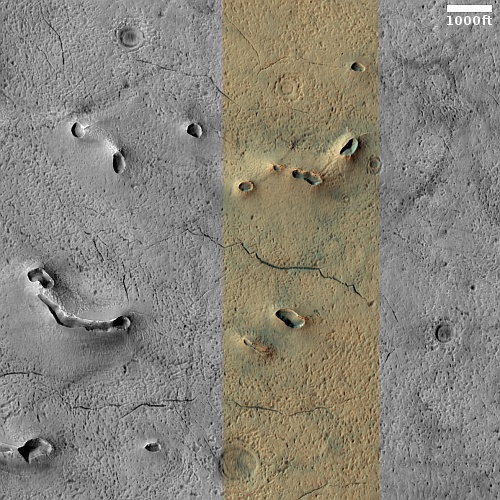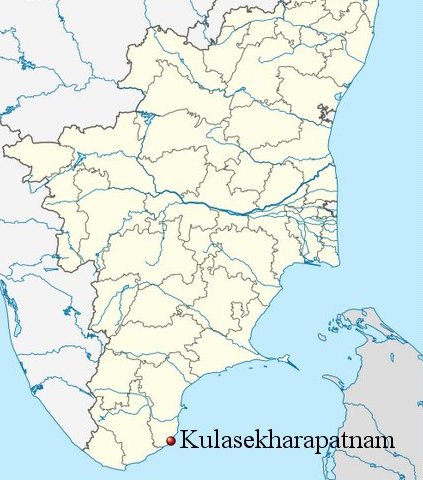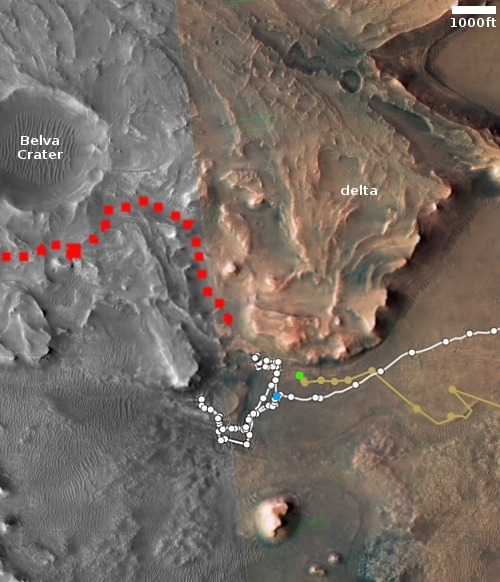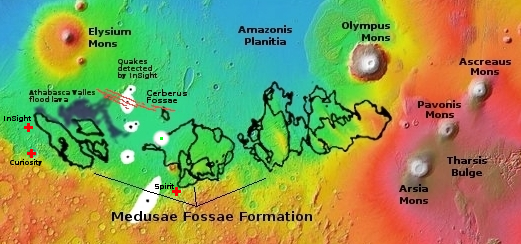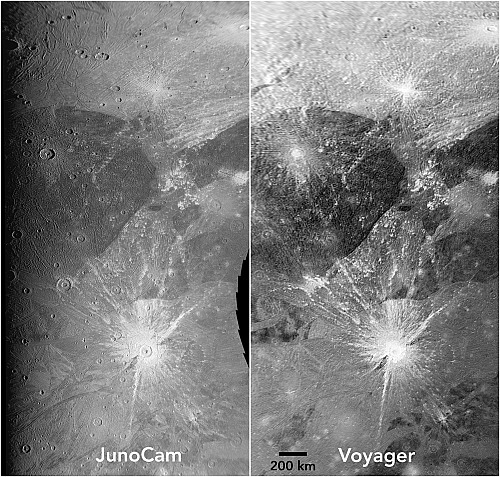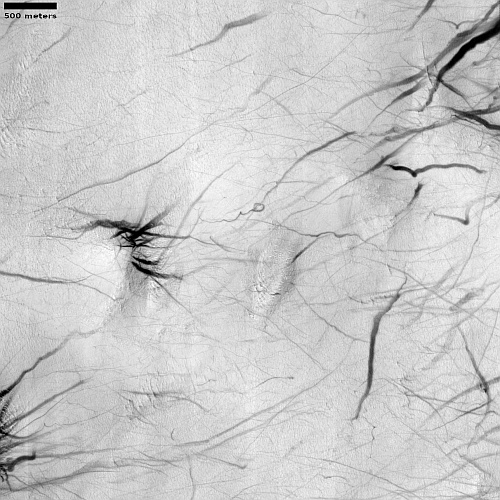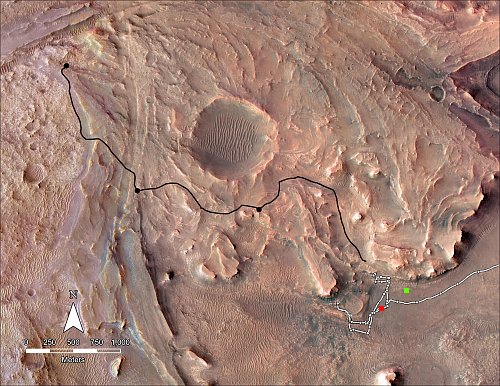Newly passed Senate bill requires consultation between industry and government on space junk
Though the bill still needs to be passed by the House, a just passed Senate bill requires consultation between industry and government on space junk, short circuiting recent attempts at the FCC as well as in the House to impose arbitrary government regulations.
You can read the Senate bill here [pdf].
The final result will still be government regulation on the lifespan and final deposition of any object placed in orbit, from nanosats to large manned space stations, but unlike the earlier FCC proposal and House bill, NASA and other government agencies will have to obtain feedback from the commercial space industry before such regulations are imposed.
Sounds great, eh? In truth, this bill in the end still gives full power to the federal government to control the launching of future spacecraft of all sizes. It also leaves the details entirely up to the bureaucracy. If passed Congress would cede its regulatory power to unelected bureaucrats in the executive branch.
The requirement that industry consultation occur simply means that the initial regulations will likely make some sense. Beyond that however the power it bequeaths to the federal bureaucracy in NASA, FAA, FCC, and other agencies will in the long run be still abused.
The need for the establishment of an independent space-faring society, free from odious Earthbound regulation, continues to grow.
Though the bill still needs to be passed by the House, a just passed Senate bill requires consultation between industry and government on space junk, short circuiting recent attempts at the FCC as well as in the House to impose arbitrary government regulations.
You can read the Senate bill here [pdf].
The final result will still be government regulation on the lifespan and final deposition of any object placed in orbit, from nanosats to large manned space stations, but unlike the earlier FCC proposal and House bill, NASA and other government agencies will have to obtain feedback from the commercial space industry before such regulations are imposed.
Sounds great, eh? In truth, this bill in the end still gives full power to the federal government to control the launching of future spacecraft of all sizes. It also leaves the details entirely up to the bureaucracy. If passed Congress would cede its regulatory power to unelected bureaucrats in the executive branch.
The requirement that industry consultation occur simply means that the initial regulations will likely make some sense. Beyond that however the power it bequeaths to the federal bureaucracy in NASA, FAA, FCC, and other agencies will in the long run be still abused.
The need for the establishment of an independent space-faring society, free from odious Earthbound regulation, continues to grow.





